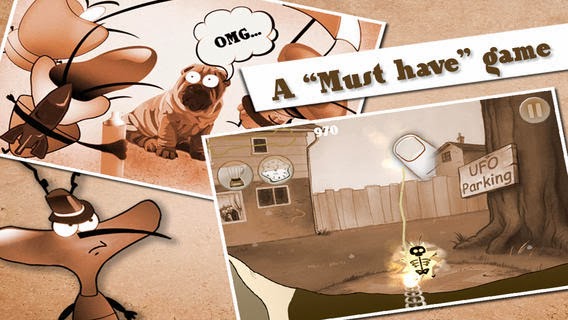Source: Coding For Music
Author: Richard Vreeland
Site: Disaster, please?
I still haven't played Fez, though I do own it and intend to, but Rich Vreeland's (aka Disasterpeace) original soundtrack for the game is one of my recent go-to albums to put on when I need to get some work done. Vreeland also seems pretty busy these days with music composition, appearing as a part of every other Kickstarter game proposal I seem to run across. One of the things I love about his Fez score is how it evokes the sounds of 8 and 16-bit chipsets, but doesn't actually sound like it was made on those machines. It's a more dynamic, modern sound that relies on the strength of its own compositional structures rather than mining those increasingly bare tunnels of nostalgia. I think that's part of why it has so much staying power for me.
In a recent blog post, Vreeland details how he used code as a music generator in a game/tool of his own creation called January. In the game you play a person who walks around a snowy field with their tongue out, Charlie Brown-style, hoping to catch snowflakes. Each captured flake emits a musical note, so as you continue to walk about, you're also doing a bit of composing. In the most recent build of the game, you can modify the amount of snow, player movement, and a bunch of key changes that are beyond my music writing comprehension (very very little). What Vreeland makes available in his post is an explanation of what can be accomplished when music is written into the code instead of applied afterwards.
This is an idea I'll be exploring in depth in an upcoming Kill Screen piece, for which I'll definitely be citing Vreeland's ideas. How much music-centered interactivity needs to be in a game for it to be considered a "music game?" Most games have music, as do films, but only a specific subset are considered music games and musicals, respectively. I wonder how much it matters if the music comes through code or is just set on loop in the background. Ultimately my questions come down to the importance or lack thereof of genre distinctions and where lines need be drawn. I haven't formulated many concrete conclusions on the issue yet, but be on the lookout for an in-depth examination of the topic in a couple weeks.













